Log in or create new account to save this product to your wishlist.
The ultimate guide to sowing grass seed
Sowing (and resowing) grass seed is one of the most essential lawn care tasks, but most lawn owners don't do it. And that's precisely why their lawns are patchy, soggy, and lacklustre.
Latest articles
7 MIN 22 Jul How to keep your lawn in shape this summer 9 MIN 15 Jul Watering Your Garden: 10 Top Tips! 11 MIN 15 Jul Is Your Grass Type Right for your Garden? 11 MIN 10 Sep Create Your Low-Maintenance Garden – Tips and Ideas 11 MIN 08 Sep The Ultimate Guide to Choosing the Perfect Hedges for Your Garden 12 MIN 30 Aug The Top 20 Evergreen Climbers to Transform Your GardenLawn care is simple if you know-how. And MOOWY is here to fill in the gaps of your knowledge so that you, too, can learn the art of sowing grass seed for a beautiful lawn that provides years of pleasure.
- Why should I sow new grass seed?
- When is the best moment to sow grass seed?
- What are the most suitable conditions for growing new grass seed?
- Which grass seed suits my soil?
- New vs existing lawns
- How do I sow grass seeds? 7 simple steps
- What do you need to sow grass?
- 3 Golden tips after sowing grass seeds
Why should I sow new grass seed?
Is your lawn looking a little tired? Are there bald spots and yellow or brown patches? Perhaps there are sections underneath trees that just don’t grow.
Grass seed isn’t just for new lawns. Laying seed over an existing lawn is called “overseeding”, and it’s an annual task for all lawn lovers. Overseeding helps overcome bald spots, and – by selecting the correct type of grass seed – you can remedy those reluctant spots underneath trees that receive little sunlight.
There are several reasons WHY your lawn might need overseeding, so it’s helpful to address the problems first. Your soil may require additional drainage, or it might need extra nutrients. And over time, the earth becomes too acidic to accommodate healthy grass growth.
If your lawn has soggy patches, you need to increase the drainage of the soil. Aerate your lawn – check out our shop for our unique aeration sandals.
All lawns require additional nutrients, so check out our range of specialised fertilisers and choose one that suits your soil conditions. And you can neutralise soil acidity with our Lawn Lime.
If your lawn has become choked with weeds and moss, then you could scarify to kill off the organic matter that prevents oxygen flow (helping minimise damage from pests such as Leatherjackets and grubs).
But, ultimately, overseeding (or completely reseeding) will help your patchy, tired lawn burst back into life.
When is the best moment to sow grass seed?
While there are optimal times of the year to sow your new grass seed, it’s possible to sow almost all year round.
However, the best time is from February to October, when the soil temperature is more likely to be at least 10°C. The seed won’t germinate at lower temperatures.
Remember, this is the temperature of the soil, not the temperature of the air. Your soil takes much longer to warm up than the air, so it’s a good idea to use a soil thermometer to gauge how much warmth the earth has absorbed.
However, the soil also maintains its heat much better than the air, so – although the air temperature in the autumn may drop – the soil will retain much of its summer heat throughout the autumn months.
If you sow grass seeds in the spring, the seed puts a lot of energy into creating blades (or leaves). However, the plant also wants to flower, detracting energy away from the roots. For vigorous grass plants, you want strong roots; extra phosphorus will help promote more robust roots.
To focus energy on the roots, fertilisation is essential. Use a good starter fertiliser such as MOOWY’s Lawn Starter, which contains extra phosphorus for improved root networks.
A robust root system ensures healthy growth and better drought-resistance.
The best time to sow fresh grass depends on the season and a range of other conditions such as rainfall and soil temperature.
What are the most suitable conditions for growing new grass seed?
We might now know when is the best time of the year for sowing grass seeds, but there are still a few things to bear in mind.
Soil temperature
Grass seed won’t grow in soil at less than 10°C – it just won’t germinate. That’s nature for you!
Use a soil thermometer to gauge the soil temperature. Make sure that you sink the thermometer at least 3cm into the soil to get a reliable reading.
The moisture content of the soil
Like all plants, your grass seed needs moisture to germinate. If your soil is dry, give it a good soaking the evening before sowing. You need to give it time for the water to penetrate the ground for the best results.
Just watering directly before seeding won’t produce optimal results. Make sure that you’ve let the water soak into the earth for faster germination, growth, and root development.
The grass seed MUST make contact with the soil
Grass seed needs good contact with the soil for germination. Simply sprinkling the seed over your existing lawn isn’t a guarantee that it will make contact with the earth – it’s likely to get stuck in the blades of the existing lawn.
So, make sure that you rake the seed after sowing and roll the lawn with a weighted roller to ensure that every seed makes contact with the earth.
Don’t skip this step: no contact, no germination!
Rake up compacted soil first
You’ve probably noticed that grass doesn’t grow on concrete. It may well grow between the cracks of concrete slabs, but on the concrete itself, there’s no growth. This is because the surface is too hard and impenetrable for the seed to sprout and develop roots. Likewise, if your soil is compacted, your grass seed will struggle to grow.
In the case of compacted soil, you should thoroughly rake the topsoil to loosen it up and aerate the earth to encourage better drainage and water penetration BEFORE you sow your grass seed.
Which grass seed suits my soil?
There are several factors you should consider when choosing which grass seed to sow.
Think about the level of use you expect from your lawn. For high-use lawns, you need a robust plant that withstands heavy traffic. For lower impact lawns, you can select an ornamental lawn seed that withstands shorter cutting.
It’s worth considering the consistency and acidity of your soil. Heavy clay soils are nutrient-rich but are easily compacted. Sandy soils are lighter but retain less water: for well-draining soils, you should choose a grass plant that’s more drought-resistant.
We offer three main types of grass seed:
- Sport & Fun for heavy use and play lawns
- Shade & Sun for shady lawns (but also suitable for full sun)
- Ornamental seed for that quintessentially manicured English lawn
Sport & Fun: grass seed for Sports Lawns & Playgrounds
If you use your lawn intensively, you need a robust grass plant that withstands heavy use.
MOOWY’s excellent Sport & Fun grass seed is a specially selected blend of coarse and fine grasses that can weather heavy use and changeable climates. We chose a high percentage of fine-leafed ryegrass, which is tough and resistant to disease and heavy use.
This seed mix proliferates and establishes itself in just a couple of weeks. And once established, the grass requires very little additional maintenance other than mowing and occasional fertilising.
Sun & Shade: grass seed for shady lawns
Do the trees in your garden shroud your lawn in shade? Maybe your garden just doesn’t get that much direct sunlight?
Sun & Shade lawn seed is specially selected for maximum germination and healthy growth in shaded parts of your garden. With a fine-leafed structure, Sun & Shade grows slowly and tolerates shorter mowing.
However, you don’t need to buy separate grass seed for the sunny spots – Sun & Shade has been expertly curated for its tolerance to both full sun AND shade.
Ornamental: grass seed for ornamental lawns
If you’re looking for that quintessential manicured lawn, our Ornamental grass seed could be a perfect choice. Go full Downton Abbey and enjoy the stunning look of a shorter lawn for that luxurious “carpet-feel”.
We’ve expertly selected grass types that develop fine leaf blades that tolerate shorter cutting. If you want a lawn like a golf course, our Ornamental seed will make you very happy indeed.
Great grass seed
You sow what you reap. And in the context of grass seed, high-quality seed produces superior results.
You can judge the quality of grass seed by the germination rate (the speed and percentage of germination) – but this alone is a poor quality indicator. Some fast-germinating seeds have a life cycle of just six months, so you’re back to square one the following year.
Buying only high-quality grass seed ensures that your investment pays off over the long term. You might spend a little more initially, but in the long run, you’ll save time, money, and effort because your lawn is more stable and durable.
New vs existing lawns
Sowing grass seed for a new lawn
Preparation of the soil is essential if you’re sowing grass seed for an entirely new lawn.
Firstly, find out what type of soil you have: is it heavy and clay-like or sandy and formless? Gather a handful of soil and squeeze it in your palm – if the soil remains crumbly, then you have sandy soil; if it forms together like clay, it’s a heavy, clay soil.
Heavy clay soils are high in nutrients but poor in drainage, which makes them more drought resistant. Clay soil becomes easily compacted, which makes it inhospitable to grass seed germination. It’s a good idea to mix some good quality topsoil into heavy clay earth to even out the texture – this will also help with drainage.
Sandy soils are low in natural nutrients. However, sandy soil drains well, so you’re less likely to find soggy patches that challenge new seed growth. Again, if your soil is VERY sandy, mix in some topsoil – it will make the earth more absorbent and better able to retain water and nutrients.
Before you start sowing your grass seed, remove all weeds and stones and level-out the earth. If there’s some existing grass, remove it with a grass trimmer.
Plough and level out the soil – then you’re ready for sowing!
How to sow grass seed for an existing lawn
If you have an existing lawn that bears the signs of age (yellowing areas and bald spots), then overseeding is a great fix.
Thinning lawns are prime real estate for weeds and pests, so reseeding your lawn will help keep the weeds down and the pests at bay.
Overseeding is a simple process of scattering seed over the existing lawn, concentrating mainly on the bald/dying spots. But be sure to rake and roll the soil afterwards to ensure even distribution and ample soil contact. More about that coming up.
How do I sow grass seeds? 7 simple steps
It’s time to get to work! Follow our step-by-step guide for optimal results.
Step 1: Calculate the amount of grass seed needed
The amount of grass seed you need depends on whether you’re laying out a new lawn or reseeding an existing one.
For a new lawn, we recommend 34g per square metre. For overseeding, half of that amount is sufficient: 17g per square metre.
If you’re not sure how big your lawn, you can easily approximate it. A large step is about 1 metre, so pace your lawn to estimate its length and width.
Step 2: Work in small sections
If you have a large or asymmetrical lawn, divide the larger areas into smaller parts and calculate how much grass seed you need for each part.
Step 3: Choose your moment
If you’re overseeding, you should sow new grass seeds immediately after mowing. Make sure that the grass is dry (but the soil is moist).
Step 4: Distribute the seed evenly
Spread the grass seed evenly over the earth. A spreader is a useful tool for this, but you can also do it by hand. Spread the first part lengthways and the second part widthways for even coverage.
Step 5: Lightly rake the grass seed
Raking ensures optimum contact with the soil. Without soil contact, the seed will not germinate.
Step 6: Roll with a weighted lawn roller
After you’ve raked the seed into the soil, rolling with a weighted roller helps maximise the soil contact. The grass seed gets pushed into the ground a little so that it remains firmly in place and is less likely to get wash away from watering or rain.
Step 7: Water, water, water
Water the soil well and keep it moist until the seed plants emerge. NOTE: It’s better to lightly water four times a day than to heavily water once a day; otherwise, there’s a chance that the grass seed will wash away.
[Top Tip: Grass seed germinates in sunlight. Do not cover the seed with extra garden soil or compost after sowing].
What do you need to sow grass?
With the following checklist, you won’t miss a thing.
What you need:
- Grass seed
- Spreader
- Spade
- Rake
- Lawn roller
- Garden hose
- Lawnmower
- Sod cutter
- Fertiliser
Keep in mind:
- Choose the right time, preferably in spring or autumn
- Prepare the soil: remove weeds, stones, and old grass clippings
- Know the size of your lawn and the amount of grass seed needed
- Walk as little as possible on the lawn during the first season after sowing
- Wait 21 days after germination before mowing the lawn
3 Golden tips after sowing grass seeds
Tip 1: Buy 10% more grass seed than needed
Once your grass seed has germinated, you’ll see good growth. Nonetheless, sometimes you’ll still have a couple of bald spots. So, buy a little more seed than you need for the size of your lawn – that way, you can overseed to guarantee full coverage.
MOOWY’s grass seeds are supplied in resealable packs, so your seed will remain fresh for future overseeding.
Tip 2: Limit treading on new lawns
Young seedlings are exceptionally delicate, and they don’t tolerate treading until they’re established. So, avoid treading on your fresh grass during the first season after sowing. If you sow in early spring, avoid walking on the grass until the summer is well and truly underway.
Tip 3: Maintenance, maintenance, maintenance
You’ve done all this work to develop the perfect lawn – it would be a shame to let it go to rack and ruin!
You should cut new grass regularly to encourage growth, but wait for at least 21 days after germination to allow the new grass plants to establish before the first mowing.
As a general rule of thumb, cut no more than ⅓ of the length of the blade when mowing. If you want a shorter lawn, then stick to this rule, and cut again a few days later – again: no more than a ⅓ of its existing length.
Give your grass ample nutrition by selecting an appropriate fertiliser. Over-fertilisation can scorch the leaves, so we recommend a granulated fertiliser for slow-release food – a single application of a good quality fertiliser will last you up to 90 days.
Sprinkle lime annually to lower the soil’s acidity, and make sure that you dethatch the grass once or twice a year to boost oxygen absorption.
Give nature a helping hand during drought periods by watering your lawn regularly. Use a lawn sprinkler for the best (and easiest) results.
Keen to get started? Check out our assortment of grass seeds.
Leave a comment
Your answer will be displayed on the site and the interested party will be notified by email.
Leave a comment
Have a question or want to share your experience? Leave us a comment.
Read more
The best tips and tricks for a lush green lawn
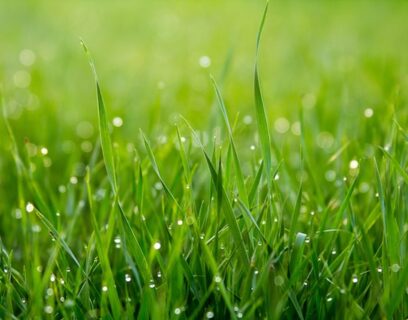 7 MIN
02 Jun
The Great Grass Seed Comparison!
7 MIN
02 Jun
The Great Grass Seed Comparison!
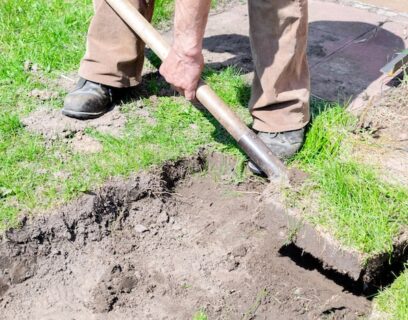 6 MIN
05 Mar
Removing Old Turf: why, when, and how?
6 MIN
05 Mar
Removing Old Turf: why, when, and how?
 Scarifying Kit
All products after scarifying | Quickly restores the lawn after scarifying | Outsmart weeds quickly with the use of this kit
From: € 39.99
Scarifying Kit
All products after scarifying | Quickly restores the lawn after scarifying | Outsmart weeds quickly with the use of this kit
From: € 39.99
 Spring Lawn Care Kit
MOOWY’s choice for the spring | Quick recovery of your lawn after winter | A strong lawn prevents weeds
From: € 25.99
Spring Lawn Care Kit
MOOWY’s choice for the spring | Quick recovery of your lawn after winter | A strong lawn prevents weeds
From: € 25.99
 Long Lasting Lawn Fertiliser
Effective for 90 days | See results in 14 days! | Suitable for all types of grass and soil
From: € 13.99
Long Lasting Lawn Fertiliser
Effective for 90 days | See results in 14 days! | Suitable for all types of grass and soil
From: € 13.99
Do you want a lawn calendar?
🌱 All important maintenance moments for your lawn during the year. Leave your email and we will send you the lawn calendar for free.
Enter your email
Receive the lawn calendar in the mail
Enjoy a green lawn all year round!



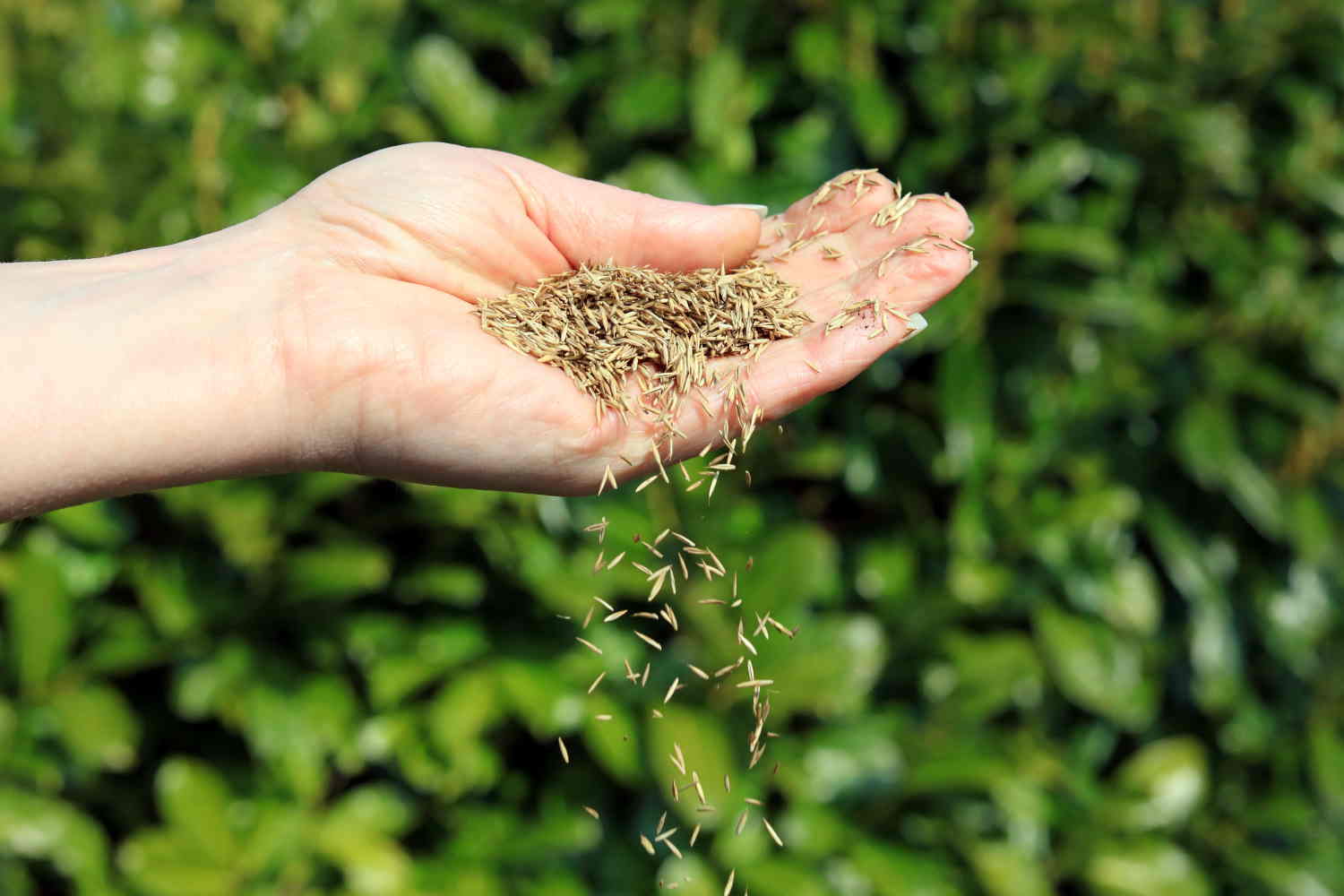

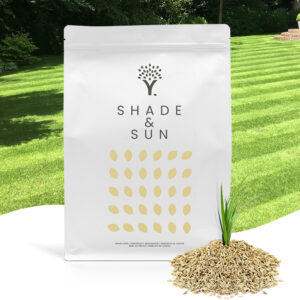
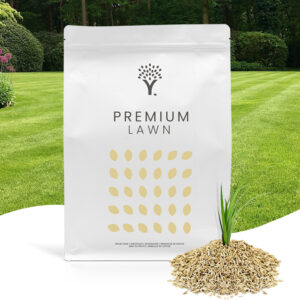
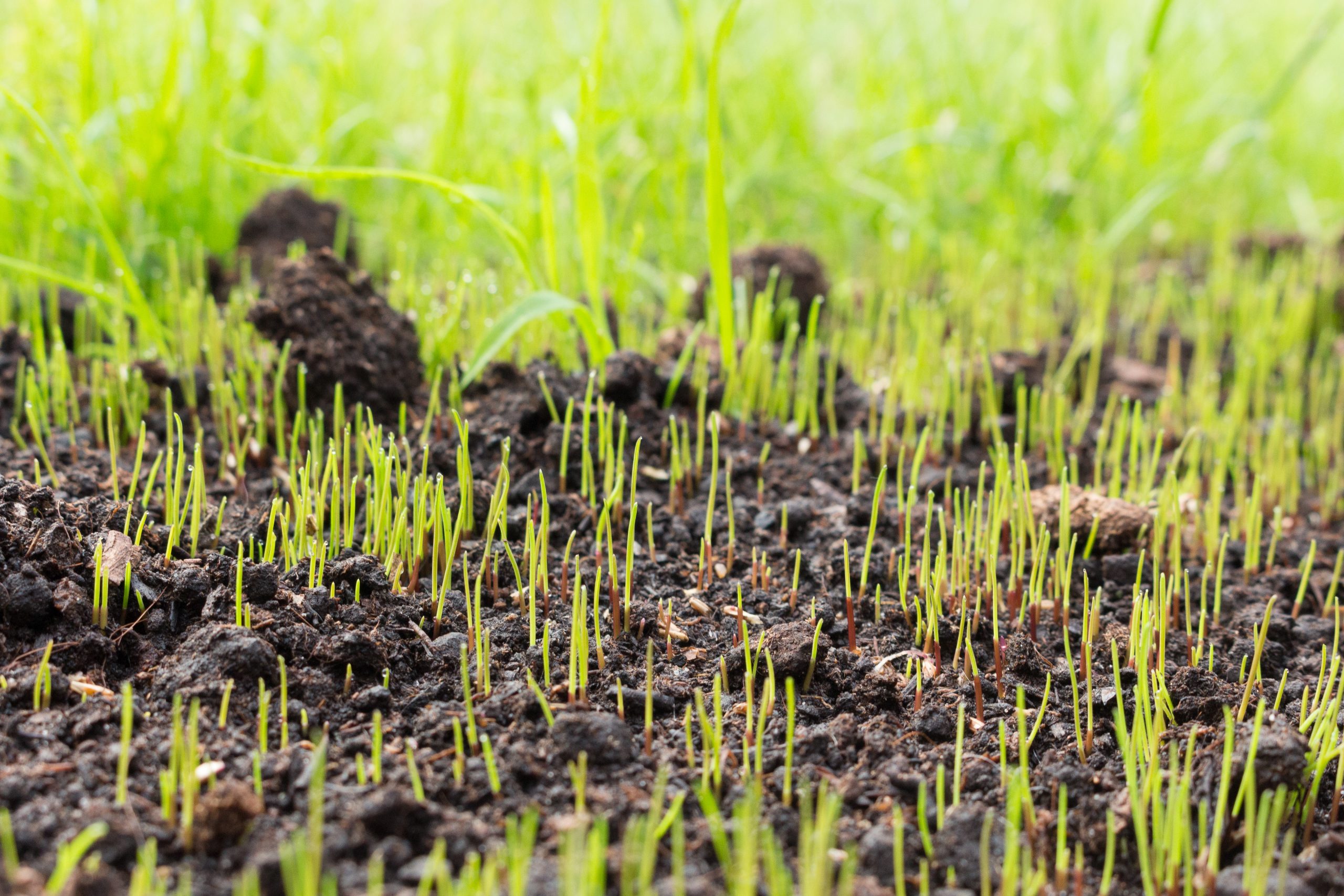

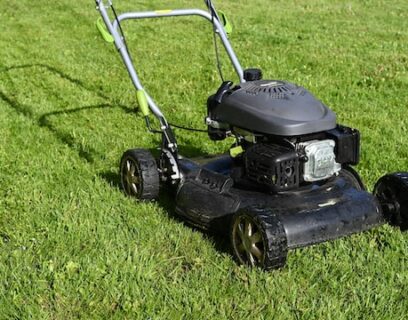





Comments (0)
There are no comments yet. Well then, what are you waiting for to
Be the first to write your comment!inaugurate this pretty page?
Do you have some comments?